What if the same technology that launched us into the stars could help save our planet? Imagine a world where inventions designed for astronauts and space shuttles end up cleaning our air, conserving our water, and transforming how we grow food. This isn’t science fiction—it’s happening right now. NASA’s relentless quest for exploration has given rise to innovations that are quietly weaving their way into our daily lives, making our world more sustainable and resilient. The surprising truth is that the tools built for the harshness of space are fueling a revolution in Earth’s sustainability, one that is both inspiring and urgently needed.
From the Moon to Your Home: The Journey of NASA Technologies
Many of the sustainability breakthroughs we now take for granted can trace their roots back to NASA’s pioneering programs. For instance, the insulation that keeps our homes warm in winter and cool in summer was first developed to protect astronauts from the extreme temperatures of space. This same material, originally designed for lunar missions, is now used in everything from building construction to emergency blankets, making energy conservation achievable for millions. The journey from rocket ships to residential rooftops is a testament to how space exploration can ripple through society in unexpected ways. Such crossovers highlight the immense potential of research intended for the cosmos to solve problems here on Earth. It’s a vivid reminder that the boundary between space and home is more porous than we think.
Cleaner Skies with NASA’s Air Quality Monitoring Tools
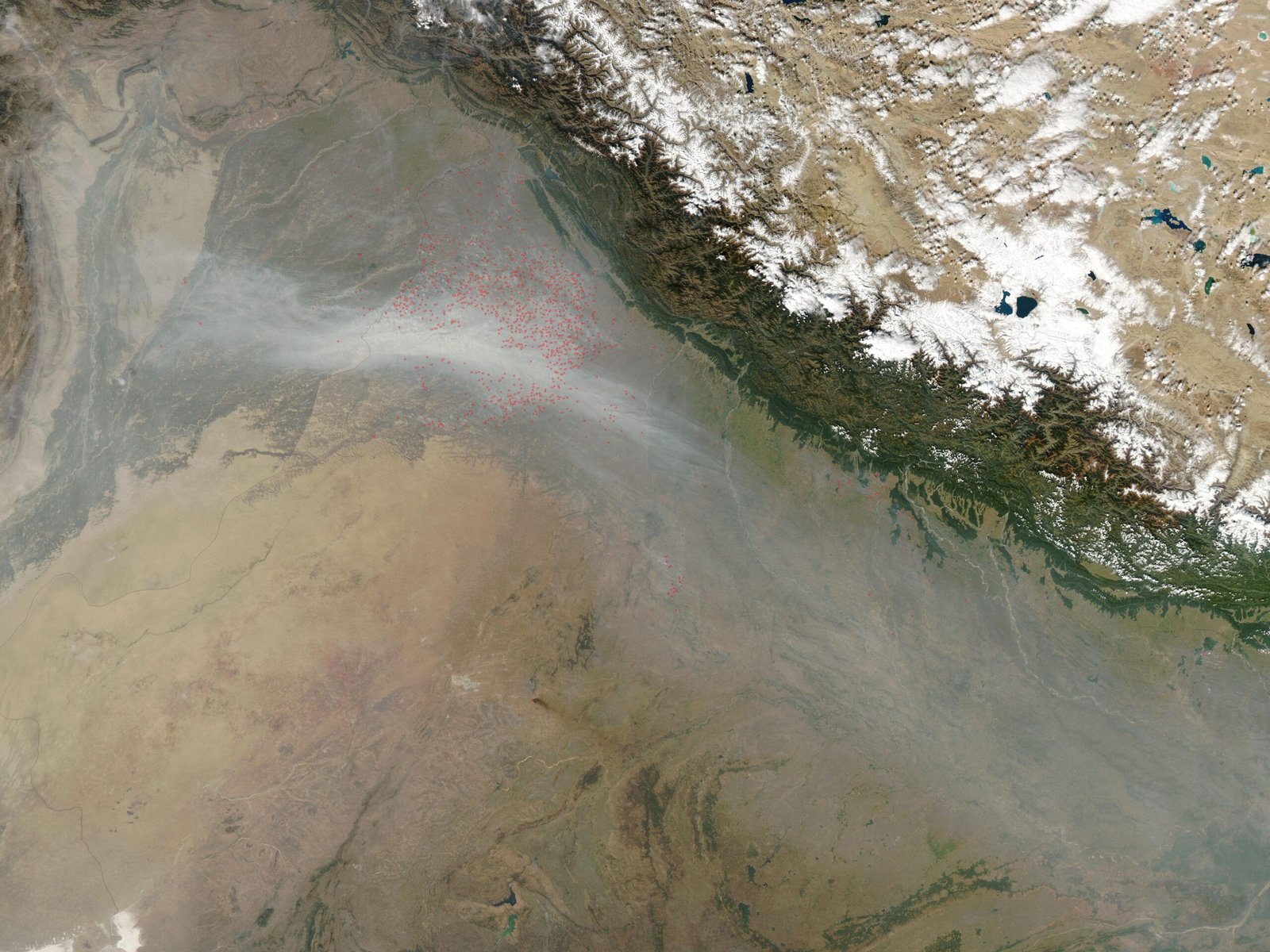
Air pollution is a pressing global concern, and NASA’s satellite technology has become a critical tool in understanding and combating it. Using advanced sensors originally intended to monitor planetary atmospheres, NASA now provides real-time data on pollutants like ozone, carbon monoxide, and particulate matter. Cities around the world rely on this information to issue health warnings, plan traffic flows, and design policies for cleaner air. By translating space-based insights into actionable local strategies, NASA empowers communities to breathe easier. The ability to track pollution across continents and seasons also helps scientists uncover hidden patterns and root causes, creating a powerful feedback loop for sustainable change.
Efficient Water Management: Lessons from Spacecraft
Water is life, both on Earth and in space. NASA’s innovations in water recycling aboard spacecraft have inspired new methods for managing water scarcity here at home. The water purification systems developed for the International Space Station can turn sweat, breath, and even urine into drinkable water, recycling nearly every drop. Today, these technologies are being adapted for use in rural communities, disaster zones, and even commercial buildings. By squeezing more value from every molecule, NASA’s approach is helping to safeguard one of our planet’s most precious resources. This technology is particularly transformative in regions where drought and pollution threaten traditional water supplies.
Revolutionizing Agriculture with Satellite Imaging
Feeding a growing global population without exhausting natural resources is one of the greatest challenges of our time. NASA’s Earth-observing satellites now play a crucial role in this effort, providing farmers with detailed images that reveal soil moisture, crop health, and weather changes. These insights allow for precision agriculture—using just the right amount of water, fertilizer, and pesticides—reducing waste and environmental impact. Farmers can make smarter decisions, harvest better yields, and adapt to climate variability with confidence. What began as an effort to study Mars’ surface has ended up transforming how we grow food here on Earth.
Solar Power Innovations Born from Space Missions
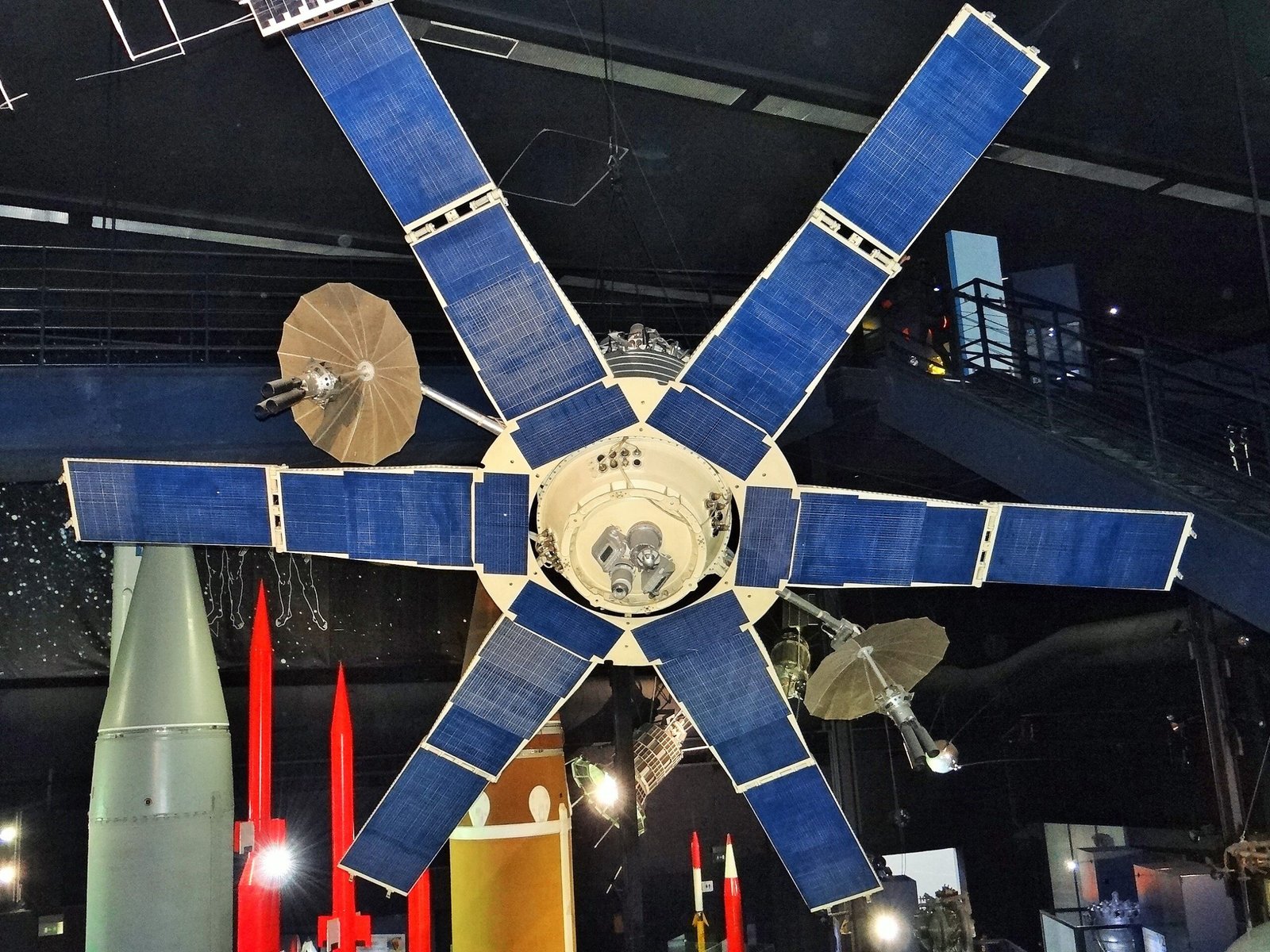
The drive to power spacecraft far from Earth’s electrical grid led NASA to develop highly efficient solar panels and energy storage systems. These advances are now at the heart of the booming solar industry, making clean, renewable energy more accessible and affordable than ever before. From rooftop installations in bustling cities to remote villages beyond the reach of power lines, solar technology inspired by NASA is lighting up lives. The push to capture and store energy efficiently in the vacuum of space has given humanity a powerful tool in the fight against climate change. Every time you see a solar panel glinting in the sun, there’s a bit of NASA’s spirit shining through.
Heat Shields to Green Buildings: Transforming Construction
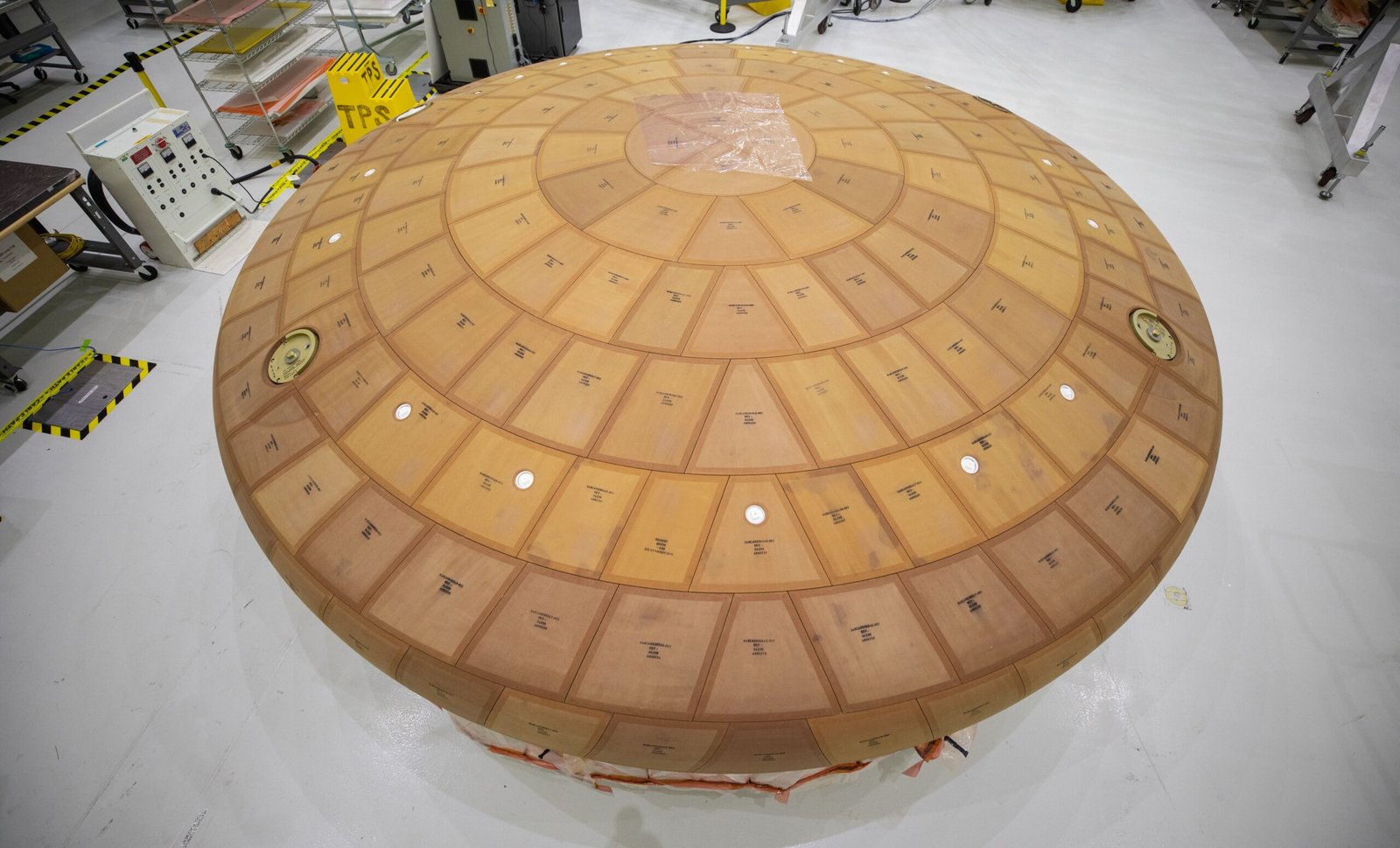
Protecting spacecraft from the intense heat of reentry demanded materials that could withstand extreme temperatures. NASA’s research into heat shields led to the creation of advanced coatings and ceramics now used in energy-efficient buildings. These materials reflect heat, reduce cooling costs, and make it easier to maintain comfortable indoor environments without wasting energy. Green architects and engineers look to NASA’s breakthroughs for inspiration as they design the next generation of sustainable structures. The same technology that shields astronauts is now helping cities lower their carbon footprint, one building at a time.
Smart Sensors for Smarter Resource Management
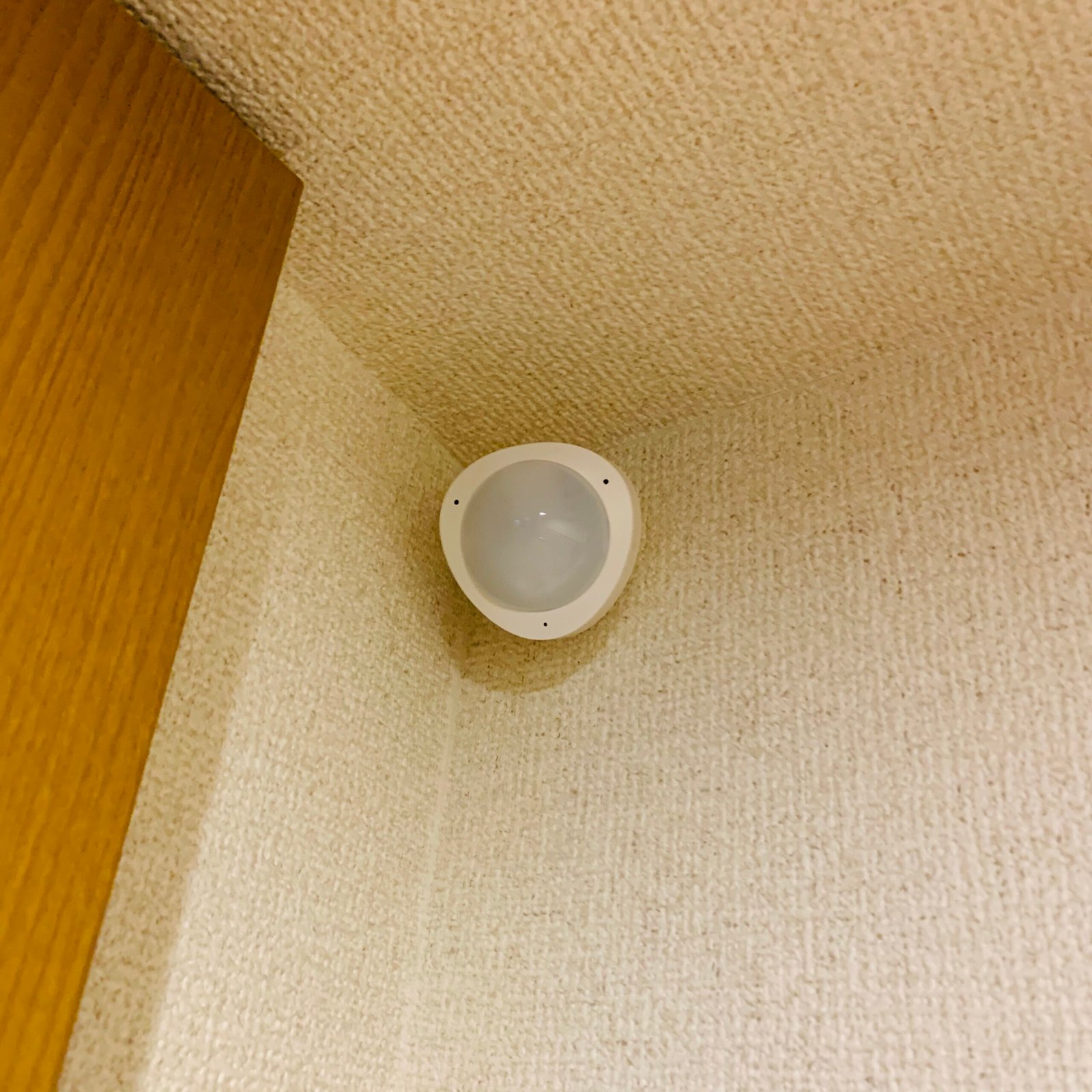
NASA’s expertise in miniaturized, highly sensitive sensors has found new life in monitoring everything from soil health to energy usage. These sensors, honed to detect the faintest signals from distant planets, are now embedded in smart grids, water systems, and environmental monitoring stations. They provide a constant stream of data that helps managers optimize resource use, detect leaks, and prevent waste. In a world where every drop and watt counts, these tiny marvels are making a big difference. The precision and reliability demanded by space missions are now empowering communities to live more sustainably.
Space Robotics: Revolutionizing Recycling and Waste Management
Robots designed to assemble spacecraft and repair satellites are now being repurposed for recycling and waste management on Earth. These nimble machines can sort materials with incredible speed and accuracy, separating plastics, metals, and glass for reuse. In cities where landfills are overflowing and recycling is a logistical nightmare, NASA-inspired robotics are turning trash into treasure. By automating the dirty, dangerous work of waste sorting, these technologies make recycling more efficient and less reliant on human labor. The future of sustainable cities may very well hinge on the robots that once explored the stars.
Disaster Response: NASA’s Eyes in the Sky
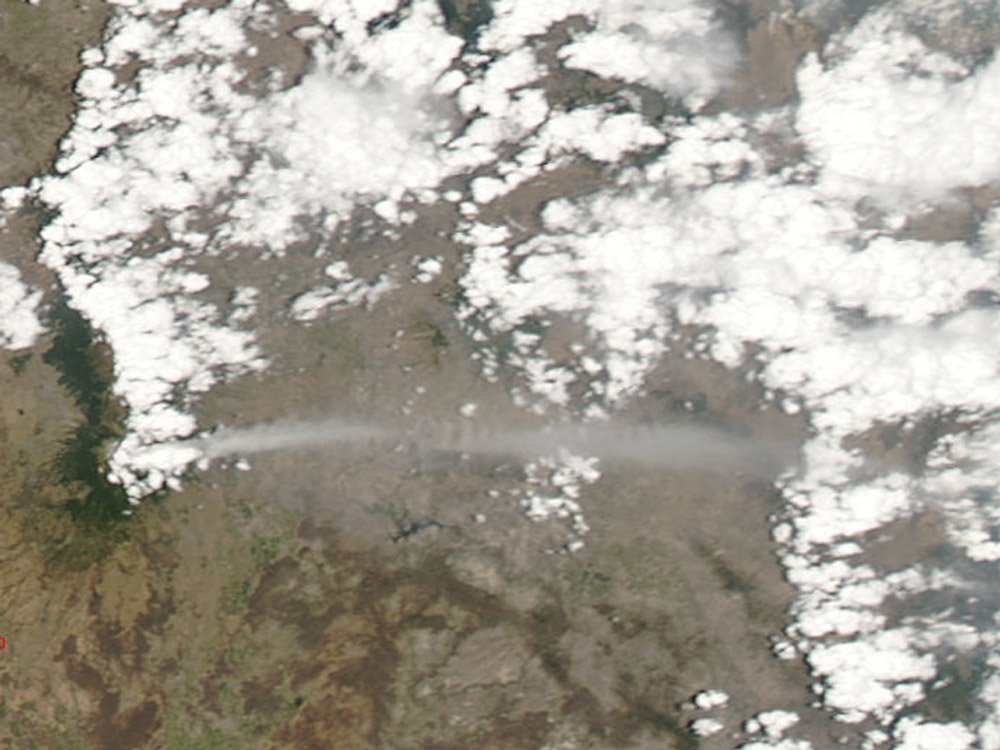
When natural disasters strike, time is of the essence. NASA’s fleet of Earth-observing satellites provides critical data to first responders, helping them assess damage, locate survivors, and plan relief efforts. These satellites can track wildfires, floods, hurricanes, and droughts in real time, offering a bird’s-eye view that saves lives. The same technology that maps alien worlds is now helping us protect our own. With climate change intensifying the frequency and severity of disasters, NASA’s contributions to emergency response are more important than ever. Their vigilance from above is a silent guardian for vulnerable communities.
Astrobiology to Biodiversity: Protecting Earth’s Living Systems
NASA’s search for life beyond Earth has unexpectedly fueled a deeper understanding of life on our own planet. Technologies developed to detect signs of life on Mars are now used to monitor endangered species, track deforestation, and study fragile ecosystems. By applying space-age tools to conservation, scientists can gather data in remote or dangerous areas without disturbing wildlife. This new perspective is vital for protecting biodiversity in a rapidly changing world. NASA’s curiosity about the universe has become a powerful force for safeguarding the wonders of Earth.
Inspiring the Next Generation of Innovators

Perhaps the most powerful impact of NASA’s technology on sustainability is the way it sparks imagination and ambition. Each breakthrough serves as a beacon for young scientists, engineers, and dreamers who see the possibility of changing the world. NASA’s outreach programs bring space science into classrooms, showing students that the skills used to reach the stars can also heal our planet. The excitement of discovery and the challenge of exploration are inspiring the next generation to tackle the biggest problems facing humanity. It’s not just about what NASA builds, but about who they inspire that will shape our sustainable future.
NASA’s relentless drive to explore the unknown has given us more than just a glimpse of distant worlds—it has armed us with the tools to build a better one here at home. Each piece of technology, each scientific insight, carries the promise of a more sustainable, more hopeful tomorrow. And as we look up at the night sky, we’re reminded that the greatest adventure may be saving the only planet we’ve ever called home.




